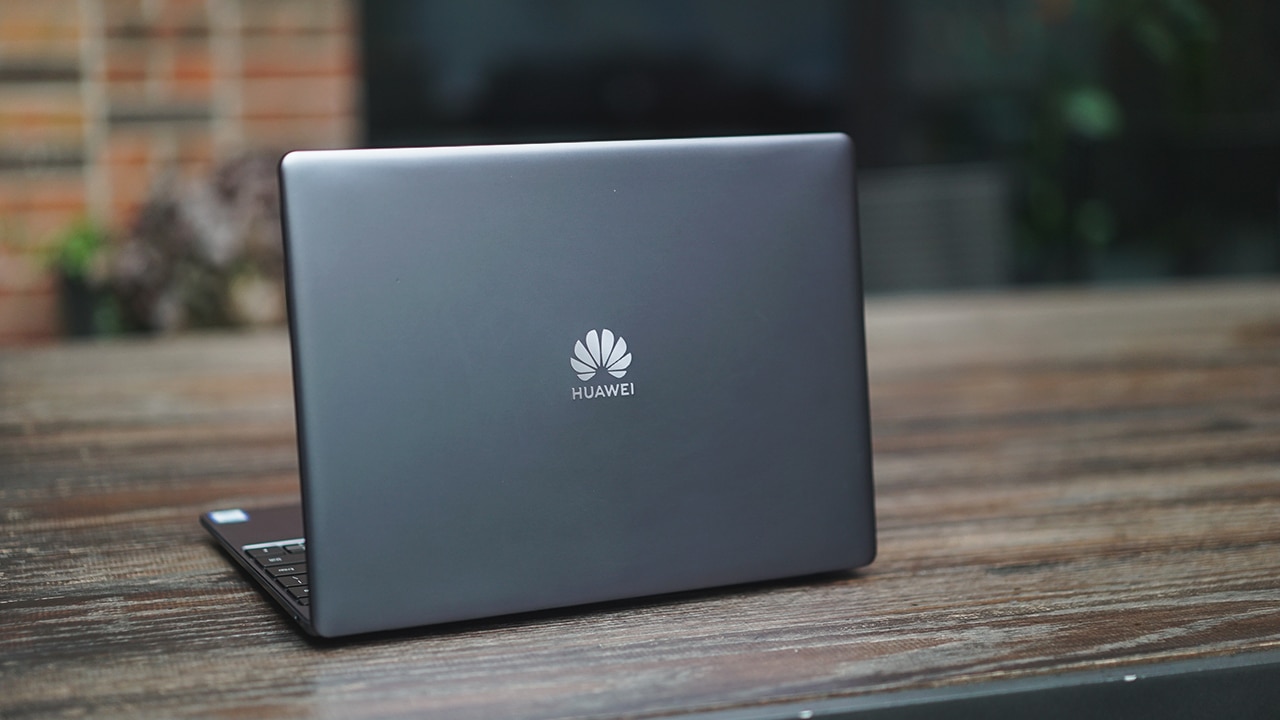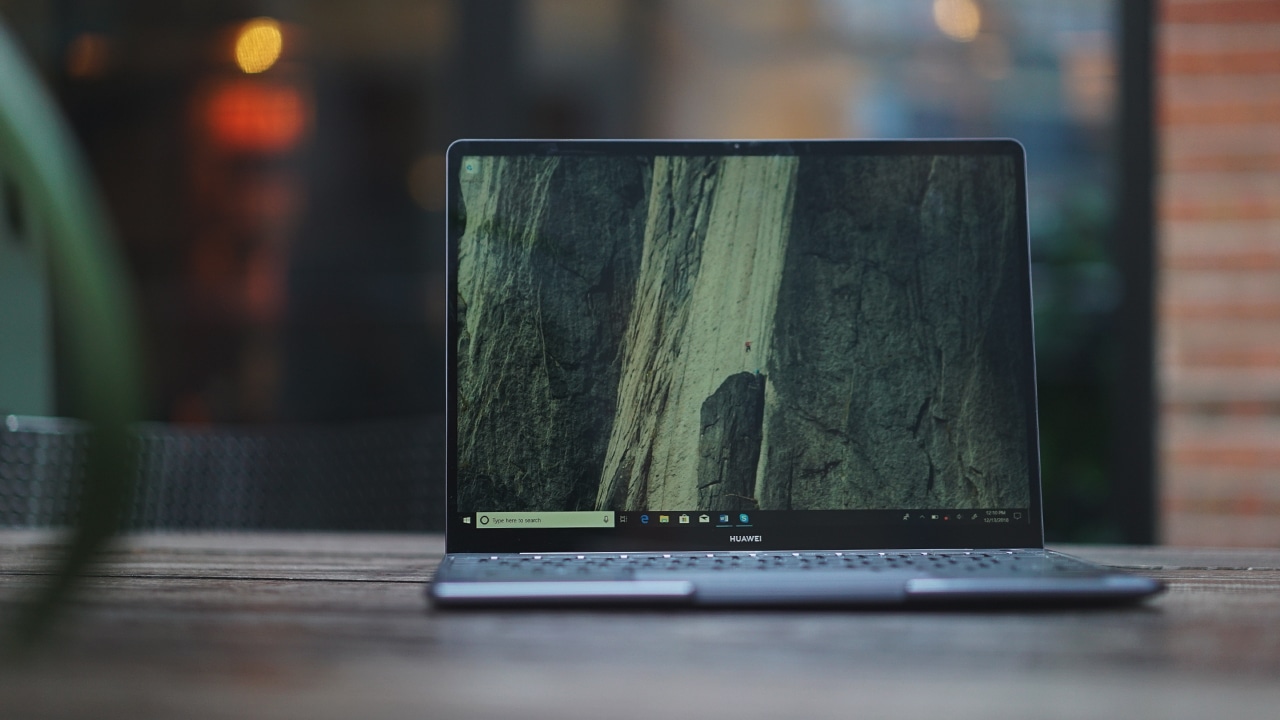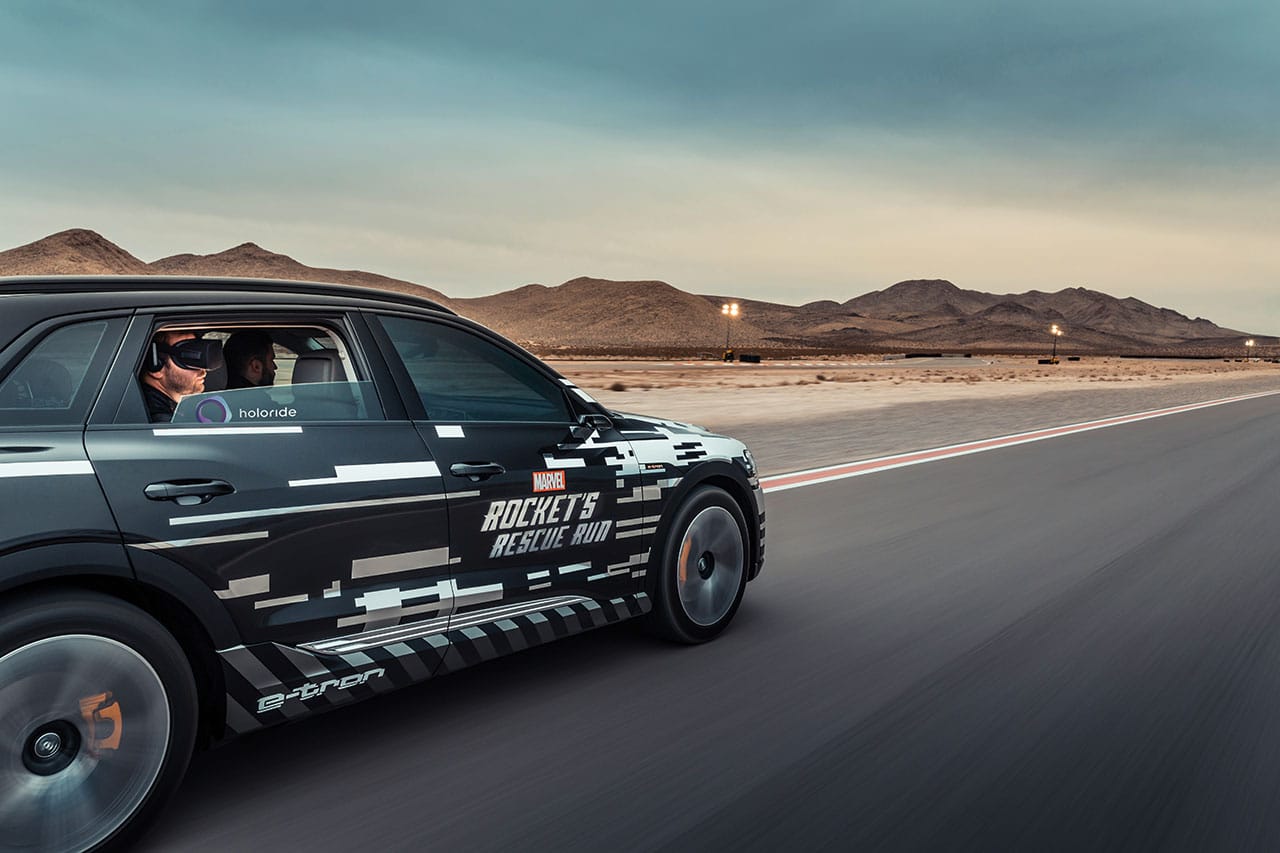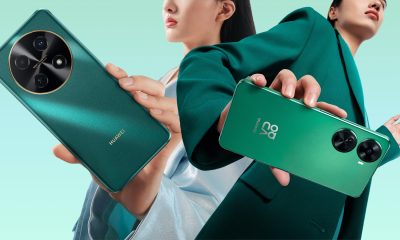CES 2019
New Huawei MateBook 13 is more practical than its higher-end sibling
The new and cheaper MateBook

Huawei is taking a short break from smartphones at CES 2019. After becoming a major phone brand, the Chinese company is now expanding its laptop portfolio. Following the same design principles of the MateBook X Pro is the new MateBook 13. The laptop is already available in China, so this is practically the device’s international debut.
The Huawei MateBook 13 could be an ideal portable laptop for everyone with its 13.3-inch 2K touch display. It appears to have a bigger screen than other 13-inch notebooks with its 3:2 aspect ratio and slim bezels. Thankfully, unlike the MateBook X Pro, the laptop’s webcam is positioned above the screen where it should always be.

Powering the MateBook 13 is the latest Intel Whiskey Lake processors with Core i5 or i7 variants. There’s also an option to have NVIDIA GeForce MX150 discreet graphics for increased gaming and editing performance. Surprisingly, Huawei is using the better 25-watt TDP variant of the GPU oppose to the 15-watt TDP of the MateBook X Pro’s.
The notebook comes with a built-in fingerprint reader for secure login and only two USB-C ports for data, display, and power. Thankfully, a USB-C dongle comes in the box.
With a reliable 41.7Wh battery, Huawei is confident with its battery life. The company claims it can last for up to 10 hours when watching videos (like binge-watching on Netflix), while continuous internet browsing is estimated to be around seven hours.

The base price of the MateBook 13 is US$ 999 and it comes with a Core i5 processor, 8GB of memory, 256GB storage, and Mystic Silver finish. Those who wish to get the Core i7 variant will have to shell out US$ 1,299, but they’ll also have bigger storage at 512GB, the GeForce MX150 GPU, and Space Gray color.
Huawei will sell the notebook in the US starting January 29 through the online and retail stores of Microsoft, Amazon, and Newegg.
SEE ALSO: Huawei MateBook X Pro review: The MacBook of Windows

Automotive
Audi’s Holoride is a VR experience like no other
Back seat car rides will never be the same again

It had been a long day, but I could still barely contain my excitement as a fancy car whizzed me down the interstate to a race track on the outskirts of Las Vegas, one chilly evening before the start of the 2019 Consumer Electronics Show.
While the in-seat back massage made me wish the ride was longer, I also couldn’t wait to get there. Tonight would be my first time in an e-Tron, Audi’s new fully electric SUV, and my first taste of what Audi calls the future of mobility, one with entertainment content at its center.
It’s an interesting proposition, one I’m more than willing to chew on. With self-driving vehicles on the horizon, tonight, instead of getting behind the wheel, I take a back seat, put on a VR headset, and trade my current reality for one that promises to be more exhilarating.
Called “Rocket’s Rescue Run,” it’s the first title in a collaboration between Marvel and Disney and Audi’s new spin off venture Holoride, that aims to make VR entertainment a mainstay in cars of the future.
As the e-tron’s driver steps on the accelerator, in my alternate universe my ship surges through space. I’m joined by my sidekick Rocket Raccoon, and together we team up to help Iron Man take down a mob of Thanos’ space goons.
 I’ve had many VR experiences before, but none like this. As soon as the SUV pulls away, the whole experience makes perfect sense. Every twist, every sharp turn, every bit of acceleration or sudden brake is matched by the same sensation in the game. For the entire 5-minute ride, my body is tricked into believing this reality. Not an easy feat for an utterly nitpicky tech journalist, I can only begin to imagine how big of a technical challenge it was to pull off.
I’ve had many VR experiences before, but none like this. As soon as the SUV pulls away, the whole experience makes perfect sense. Every twist, every sharp turn, every bit of acceleration or sudden brake is matched by the same sensation in the game. For the entire 5-minute ride, my body is tricked into believing this reality. Not an easy feat for an utterly nitpicky tech journalist, I can only begin to imagine how big of a technical challenge it was to pull off.
I wield my laser gun like a pro, take down an evil mothership, and celebrate our victory with fireworks. The experience ends, and the e-tron stops. Reluctantly, I take off my headset. It feels like I’ve just been on a theme park ride, but from the privacy of my own car — well, not really, but I wish — and without standing in an hour-long line. I was pleasantly surprised to find out that during my adventure the e-tron reached speeds of up to 90mph. We’ve navigated plenty of sharp turns, too, but I don’t feel so woozy.
 Supposedly matching the car’s movements to the virtual reality experience helps in mitigating nausea. As I get out, I thank my driver, but also can’t help but imagine a world that’s driver-optional.
Supposedly matching the car’s movements to the virtual reality experience helps in mitigating nausea. As I get out, I thank my driver, but also can’t help but imagine a world that’s driver-optional.
At CES, we saw Audi’s vision of the future, a concept car called the Aicon, with an interior that resembles more of a lounge than a current automobile. As with Holoride, the development of Aicon represents a shift in the idea of mobility, one that’s ushered in by a focus on passengers instead of drivers. Together, Aicon and Holoride make perfect sense in a future world of fully autonomous vehicles. If no one is driving, what else are we to do?
Anything you want to, apparently. Cars are now seen as multi-purpose spaces, just another room that we occupy as we travel from place to place: be it a relaxation pod, a meeting room, or your own private cinema.
The team behind Holoride is most invested in the latter, creating entertainment experiences that are just long enough to fill the entire duration of your trip. They’re calling it “elastic content,” VR games and adventures that automatically adjust to congestion and shortcuts, so that you’re never left without something to occupy you.
“Together, Aicon and Holoride make perfect sense in a future world of fully autonomous vehicles.”
Soon, Holoride plans to open its technology to more car manufacturers, content creators, and game developers. The goal is for a wide range of immersive experiences, customized to events in the real world like traffic jams or stop lights, and for those experiences to be available in more car brands. Apart from games, like the one I played, the company is also planning movies, interactive features, and educational tours. Indeed, the type of content you could enjoy is limited only by the imagination.
A few minutes later, I find myself getting another back massage inside another chauffeured Audi A8, making our way back into downtown Las Vegas. These days, when I do travel by car, the experience is similar to this, albeit less fancy. I’m bored, maybe antsy or impatient, in the back seat, with only my phone and social media to distract me. I hadn’t given it much thought till today, but in a world where one constantly thirsts for something to capture one’s attention, I can certainly see how “content will be a major driving force for the mobility experience of the future.”
The day is almost over and I am exhausted. I recline my chair, close my eyes, and enjoy the back massage for a few minutes more. I dream I am back in the e-tron, and wonder when this future will arrive, what it would be like if the next Avengers movie was interactive, and most importantly, what it would be like to watch it from the back seat of a fully autonomous Audi.
-

 Accessories2 weeks ago
Accessories2 weeks agoApple Vision Pro Review: Two Months Later
-

 Features4 days ago
Features4 days agoFortify your home office or business setup with these devices
-

 Gaming1 week ago
Gaming1 week agoThe Rogue Prince of Persia looks like an ultra-colorful roguelite
-

 Philippines2 weeks ago
Philippines2 weeks agovivo Y100 to release in Philippines on April 27
-

 Deals2 weeks ago
Deals2 weeks agoSamsung Awesome April: Deals on Galaxy A series
-

 Gaming1 week ago
Gaming1 week agoStar Wars Outlaws release date revealed
-

 Accessories1 week ago
Accessories1 week agoLogitech unveils G Pro X 60 gaming keyboard: Price, details
-

 Deals1 week ago
Deals1 week agoTCL P635 TV: Big savings for TCL’s anniversary



























